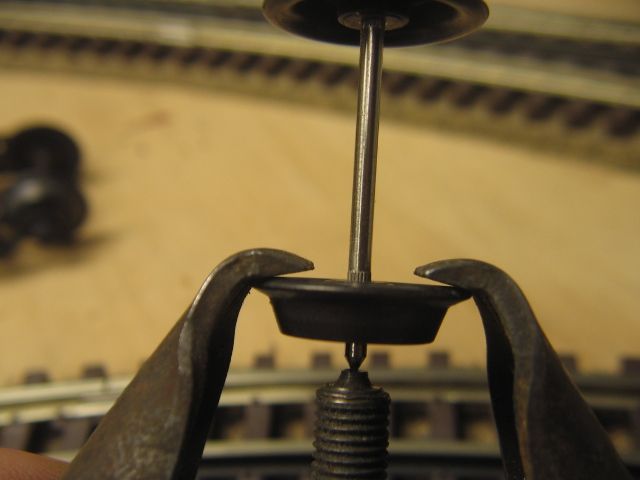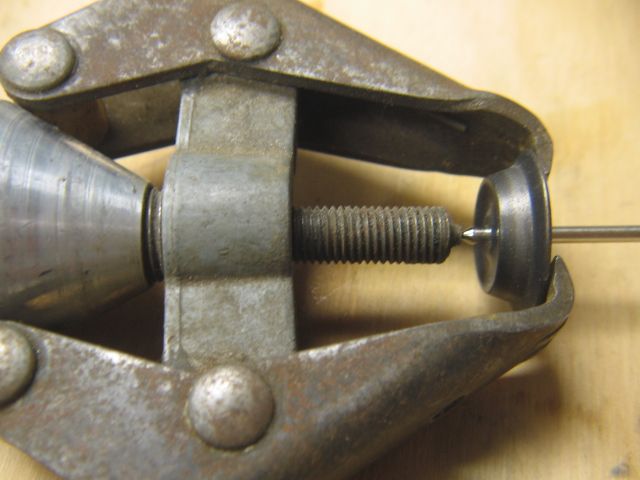No, not too long. Only wheel slip or stringlining is too long  The later can often be worked around by placing heavy loads to the front, light to the rear.
The later can often be worked around by placing heavy loads to the front, light to the rear.
It usually only happens if cars are light enough to bounce or bad track, or wide / narrow wheel gauging,
You didn't mention which cars. It could be that 42" is too small. Are the coupler shafts articulated? If not look to see if the coupler sits over the center rail in curves. To far to the outside and they are likely dragging each other off the rails. (and towards the head end, you are just getting lucky, the extra pull is actually keeping them planted, barely.
It could also be the couplers fit to each other. Too tight and the maximum angle the couplers can achieve while coupled in a turn is insufficient. Massaging the pockets or knuckle with a file can improve the max. angle.
An articulated coupler shaft should stop most of the above, but if the centering spring is very stiff it could be as bad as a solid shaft.








